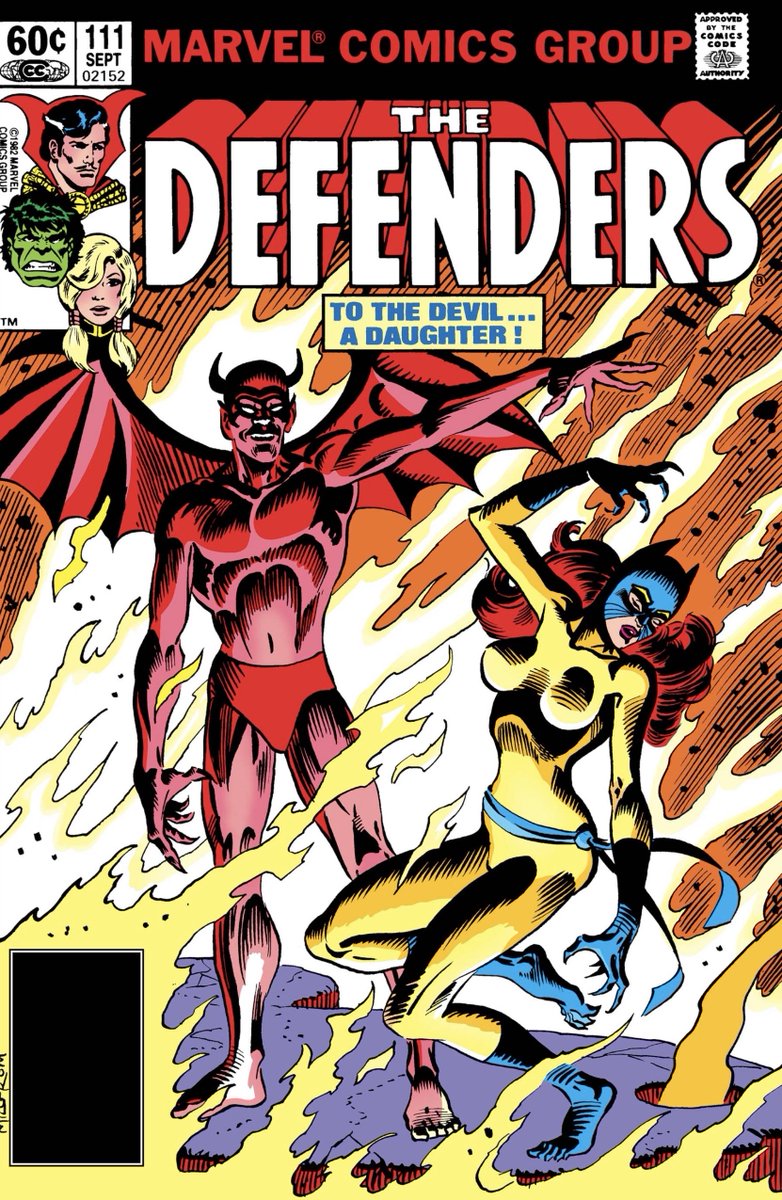

Yokoiscool
Saepe mihi dubiam traxit sententia mentem,
curarent superi terras an nullus inesset
rector et incerto fluerent mortalia casu.
- Claudian, In Rufinum I, 1-3
Contents
I. Wu 吳 and Yue 越 (As of May 2019, moved to wuyuescripts.com) |
I. Wu 吳 and Yue 越
|
A comprehensive index of inscriptions from the Kingdoms of Wu and Yue

|
II. Index of Funerary Art
A. Tomb of Nefertari (QV66)
The One for Whom the Sun Shines B. The Cat Sarcophagus
The Sarcophagus of Ta-miut (the She-Cat), the Cat of Crown Prince DHwti-ms (Tuthmosis), the eldest son of Pharaoh Amenhotep III and Queen Tiye (d. ca. 1350 BCE). C. Mawangdui 馬王堆Imagining the Afterlife Journey
|
III. Legend of the Burning of the Southern Shaolin Temple
 Woodblock print from Qianlong Xia Jiangnan 乾隆下江南, showing Hu Huiqian 胡惠乾, Jin Fengjiao 金鳳嬌, and Li Yunniang 李雲娘. An index and library of primary sources on the legends concerning the burning of the Southern Shaolin Temple
Sources for the Legend of the Burning of the Southern Shaolin Monastery
|
IV. Basslines
|
Some of the more fun and funky basslines, I’ve played over the years in
various bands, transcribed for educational use (not for sale).
These Bass Transcriptions inculde: |
V. Runes
|
|
VI. Zhuanshu 篆書 (small seal script) of Li Yangbing 李陽冰
 Cover of “Qianziwen” 千字文 of Li Yangbing
All of the titles on this website were written by myself in small seal script. |
VII. Skjöldunga saga
|
The Skjöldung genealogy in the Sögubrot af nokkrum fornkonungum The lost Skjöldunga saga (c. 1180 – 1200) focusing on the Skjöldung rulers of Denmark, paraphrased in a Latin abstract by the Icelandic humanist Arngrímur Jónsson (1568-1648), Rerum Danicarum Fragmenta, with an appendix entitled Ad catalogum R.R. Sveciæ, completed in 1596. Go to the Skjöldunga saga index
Including Skjöldunga saga Analogues (primary sources with translations) and Genealogical Charts and Indices1. Flateyjarbók,1 Hyndluljóð 29 (Lay of Hyndla)*2. Flateyjarbók, 3. Ættartölur, Ættartala (frá Álfi inum gamla) (Lineage from Álfr the Old) 3. Flateyjarbók, 5. Ættartölur, Ættartala (Lineage, the Skjöldungs) 4. Flateyjarbók, 6. Ættartölur, Ættartala Haralds frá Adam (Lineage of Haraldr from Adam) 5. Beowulf,3 Danes, Skydings, and Geats 6. Chronicon Lethrense (11th century, Chronicle of Leire) 7. Ari fróði Þorgilsson (1067–1148),Íslendingabók, 12. Langfeðgatal (List of Forefathers) 8. Sögubrot af nokkurum fornkonungum í dana ok svíaveldi7 (Fragment of a Saga about Certain Ancient Kings) 9. Arngrímur Jónsson, Rerum Danicarum fragmenta (1596, Fragments of Danish History) 10. Arngrímur Jónsson, Ad Catalogum R.R. Sveciae (1596, Catalogue of the Kings of Sweden) 11. Arngrímur Jónsson, Supplementum Historiae Norvegicae (1597, A supplement on the History of Norway) |
VIII. (to add)Chinese Mythology
|
Coming Soon |
IX. Defending The Defenders
Go to The Defenders index page.
Mark Gruenwald and J.M. DeMatteis (w), Don Perlin (p), Andy Mushynsky (i), George Roussos (c), Shelly Leferman (l), Allen Milgrom (e), “To the Devil... a Daughter!” The Defenders #111 (New York: Marvel Comics, Sept. 1982). |
X. Transliteration
| Some notes on the transliteration of Chinese on this site. |
XI. Copyright
|
Note on copyright of works about the Southern Shaolin, excerpted on this website: Secondly, all translations on this site of material in public domain, unless noted, are all my own. Any other material that I have quoted from any other sources should fall within fair use. If there are any questions, comments, or complaints, these can be emailed to me at benjamin@yokoiscool.com Transcriptions of the basslines are for personal educational purposes only. They are provided free of charge and are not for sale. Please do not share these transcriptions on any other websites without my permission. |
XII. List of English Translations of the Shiji 史記
|
A pdf with a full list of translations of the Shiji in English, chapter by chapter, and where to find them. |
XIII. About Me
|
Coming Soon |
XIV. Gentle Reader, any comments or questions can be emailed to me at benjamin@yokoiscool.com
Also, as I am a master of typographical errors, I implore you to send me any corrections to those errors that you might see in these pages, especially for the Bootsy lines. Gratias Multas.
..............................................范蠡遂去,自齊遺大夫種書曰:「蜚鳥盡,良弓藏;狡兔死,走狗烹。越王為人長頸鳥喙,可與共患難,不可與共樂。子何不去?」《史記‧越王句踐世家》
Shiji 41.1746 (Shiji史記. Beijing: Zhonghua, 1959)






